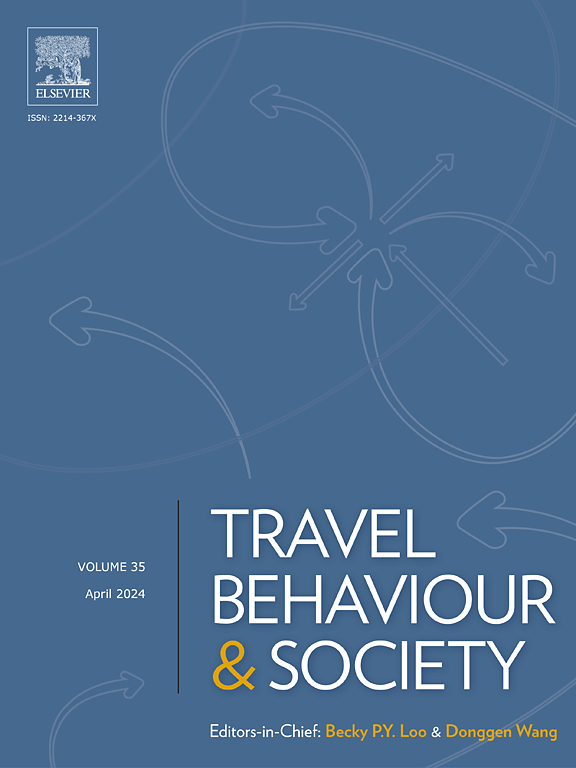Evaluating multimodal transportation’s impact on city attractiveness: A machine learning approach
IF 5.1
2区 工程技术
Q1 TRANSPORTATION
引用次数: 0
Abstract
Intercity transportation infrastructure plays a vital role in promoting urban development by enhancing accessibility. Efficient resource allocation for developing various transportation modes is essential for policymakers. The advent of high-speed rail (HSR) has sparked increased interest in comparing multimodal transportation infrastructures, such as railways, highways, and aviation. Previous studies have examined these systems from multiple perspectives, including cost, operation, modal choice, network structure, and socioeconomic impact. However, their influence on city attractiveness remains unclear. This study aims to address this gap by utilizing machine learning models, including Principal Component Analysis (PCA) and Gradient Boosting Decision Tree (GBDT), to compare the impact of railways, highways, and aviation on city attractiveness. The analysis employs data from 286 prefecture-level cities in China from 2002 to 2018. The results indicate that HSR has a relatively higher importance in predicting city attractiveness compared to highways and aviation, particularly during the rapid development period of HSR from 2008 to 2018 in China. The analysis also reveals the threshold effects of transportation infrastructure on city attractiveness. This study offers valuable insights for policymakers to improve city attractiveness. The findings help prioritize different transportation infrastructures and determine the optimal scale of infrastructure deployment.
评估多式联运对城市吸引力的影响:机器学习方法
城际交通基础设施通过提高可达性,在促进城市发展方面发挥着至关重要的作用。为发展各种交通模式进行有效的资源分配对决策者来说至关重要。高速铁路(HSR)的出现激发了人们对铁路、公路和航空等多式联运基础设施进行比较的兴趣。以往的研究从成本、运营、模式选择、网络结构和社会经济影响等多个角度对这些系统进行了研究。然而,它们对城市吸引力的影响仍不明确。本研究旨在利用机器学习模型(包括主成分分析(PCA)和梯度提升决策树(GBDT))来比较铁路、公路和航空对城市吸引力的影响,从而填补这一空白。分析采用了 2002 年至 2018 年中国 286 个地级市的数据。结果表明,与公路和航空相比,高铁在预测城市吸引力方面具有相对更高的重要性,尤其是在 2008 年至 2018 年中国高铁快速发展时期。分析还揭示了交通基础设施对城市吸引力的门槛效应。本研究为决策者提高城市吸引力提供了宝贵的见解。研究结果有助于确定不同交通基础设施的优先次序,并确定基础设施部署的最佳规模。
本文章由计算机程序翻译,如有差异,请以英文原文为准。
求助全文
约1分钟内获得全文
求助全文
来源期刊

Travel Behaviour and Society
TRANSPORTATION-
CiteScore
9.80
自引率
7.70%
发文量
109
期刊介绍:
Travel Behaviour and Society is an interdisciplinary journal publishing high-quality original papers which report leading edge research in theories, methodologies and applications concerning transportation issues and challenges which involve the social and spatial dimensions. In particular, it provides a discussion forum for major research in travel behaviour, transportation infrastructure, transportation and environmental issues, mobility and social sustainability, transportation geographic information systems (TGIS), transportation and quality of life, transportation data collection and analysis, etc.
 求助内容:
求助内容: 应助结果提醒方式:
应助结果提醒方式:


